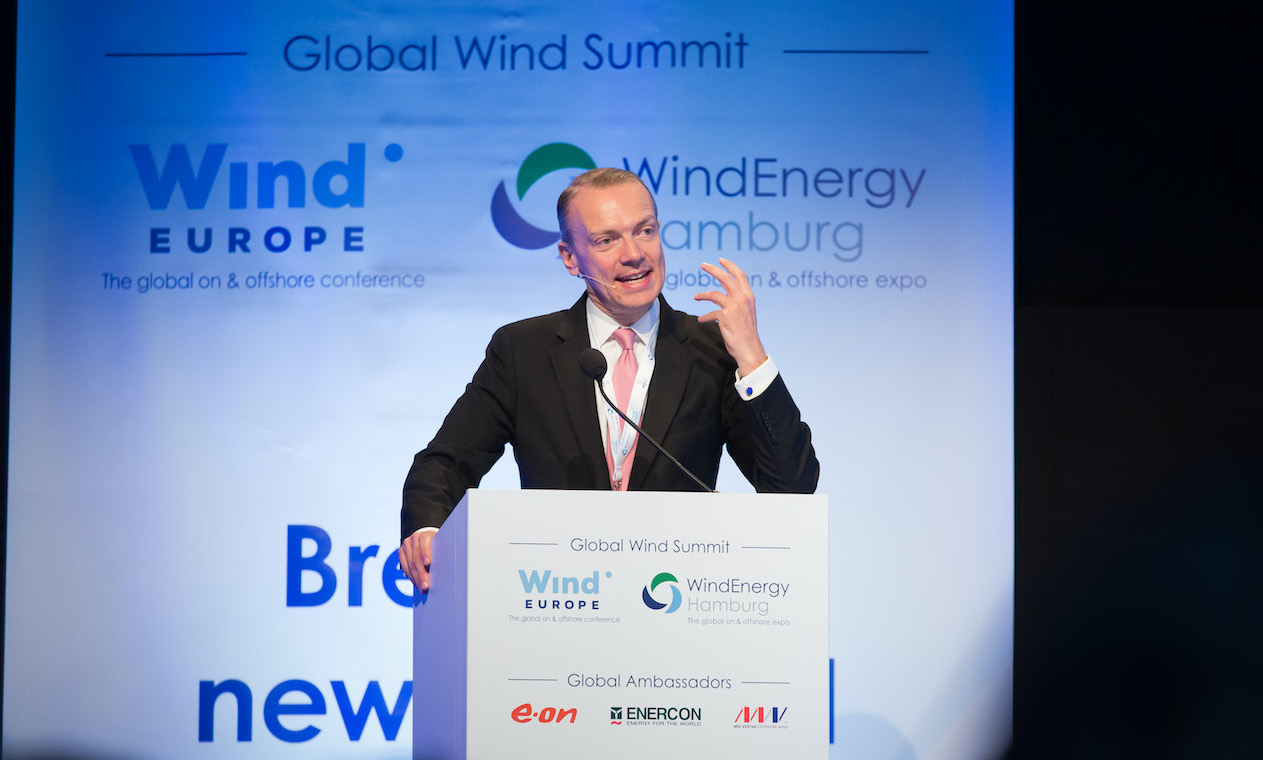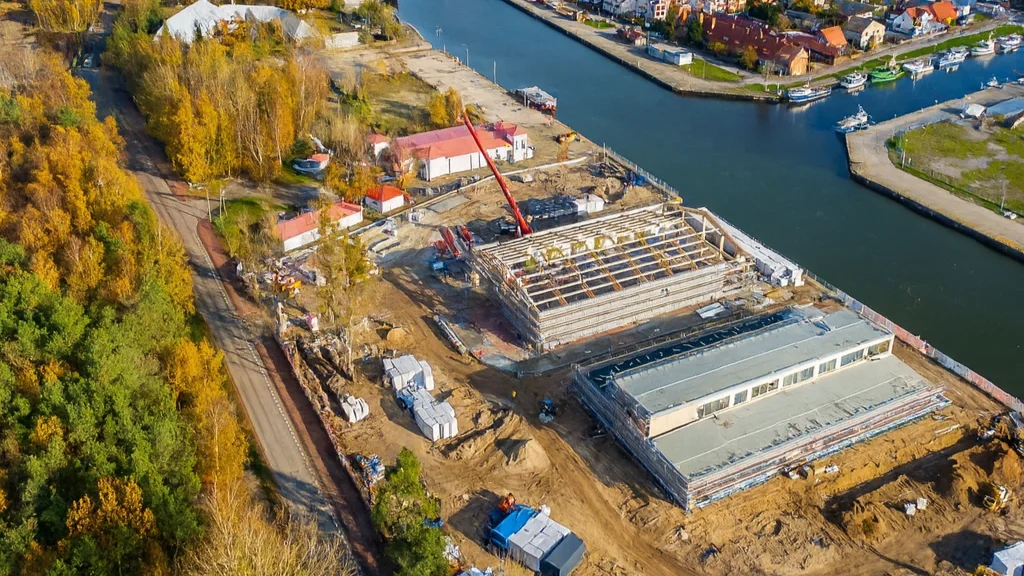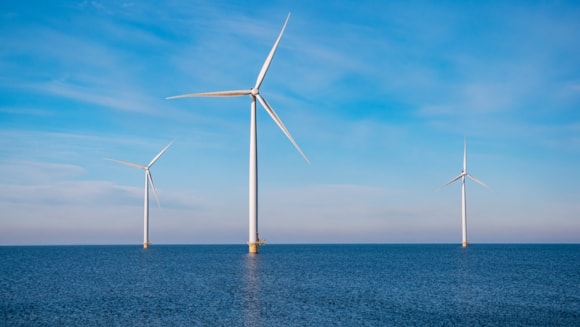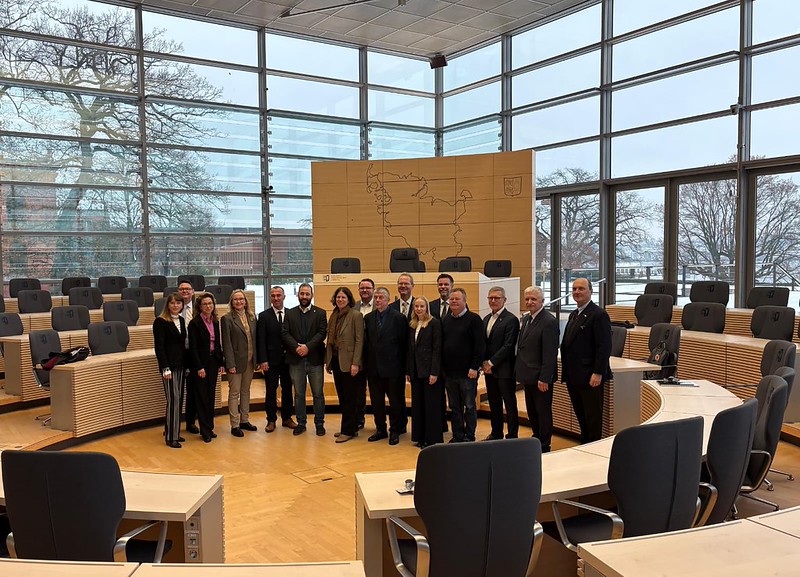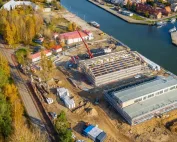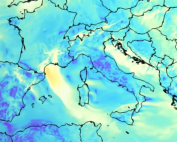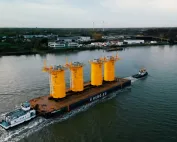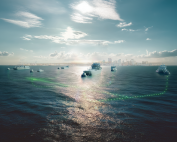Can offshore wind investments drive regional cooperation? What lessons must the Baltic countries learn for the future to successfully build farms?Which countries have a chance to be a leader in offshore wind in the Baltic Sea? Check our exclusive multi – threaded interview with Giles Dickson CEO of Wind Europe.
The Baltic Sea and offshore wind – will this combination change the future of the region? Can offshore wind investments drive regional cooperation?
The EU wants to be climate neutral by 2050. This requires a rapid uptake of renewable energies across all Baltic countries. And it will drive offshore investments. Offshore wind energy offers many economic benefits for the Baltic countries. It enhances energy independence and supply security. It reduces the exposure to trade flows and international oil, gas and coal prices and it is the fastest way to decarbonise the region.
At the same time offshore wind creates new connections. The 1 GW hybrid offshore wind project in the Gulf of Riga jointly planned by Latvia and Estonia is the best example of how regional collaboration can drive the energy transition. In the Baltic Sea Offshore Wind Declaration eight countries – Poland, Germany, Denmark, Sweden, Finland, Lithuania, Estonia and Latvia – committed to the expansion of offshore wind energy in the Baltic Sea. They want to foster mutual collaboration in the context of the Baltic Energy Market Interconnection Plan (BEMIP). Investments in grids and interconnectors are essential to enhance electricity flows and to increase the rate of renewables-based electrification. This will strengthen the economic ties between the Baltic countries.
What role will offshore wind play after the COVID-19 pandemic? What lessons must the Baltic countries learn for the future to successfully build farms?
Offshore wind demonstrated its resilience: In 2020 Europe installed 2.9 GW of new offshore wind capacity – and raised another €26bn to finance new offshore wind infrastructure. Investors see that offshore wind is cheap, reliable and scalable – and that Governments want more of it. And these investments will create jobs and growth. Today there are 77,000 jobs in offshore wind Europe. We believe that with the expected growth of the sector we can reach 200,000 jobs by 2030.
Offshore wind helps to revive coastal regions and port cities. Old industrial centres and harbour cities such as the Polish Gydnia have the infrastructure and the talented workers to kick-start offshore wind development. And the wind energy supply chain creates revenues and employment inland as well. Every new wind offshore wind turbine installed in Europe today creates €15mn of economic activity. That’s why wind energy can be an important element in the regions just transition from fossil fuels. In many cases, skilled workers and technicians currently employed in the coal industry can be reskilled to work in wind energy.
A new offshore wind farm comes with planning periods of up to 10 years. The Baltic Sea countries must put in place a long-term regulatory framework with clearly defined auction schedules and volumes as well as streamlined administrative and permitting procedures. That way they attract investments and enable cost reductions. The offshore grid is becoming more sophisticated. Today offshore wind development must start with a cross border approach. Finally we have seen all around European that Contracts for Difference are the best revenue stabilisation mechanism for offshore wind. With Contracts for Difference Governments do not only pay out, they also get paid back. And they get wind energy to much lower prices.
EU offshore renewable strategy was unveiled last year. We expect that 2030 RES target will soon be substantially increased within the “fit for 55%” package. What regulations are still needed to facilitate offshore wind development? What does the industry expect?
The European Commission’s Offshore Renewable Strategy sets out a target to increase Europe’s offshore wind capacity to 300 GW by 2050 – a 20-fold increase from the 15 GW installed in the EU today. We believe that the “Fit for 55%” package, in particular the revision of the Renewable Energy Directive, is a timely opportunity to lay down the foundations for this huge expansion. We need a supportive framework for hybrid offshore projects – wind parks that generate electricity from offshore wind and at the same time interconnect two or more countries. And we need consistency across EU legislation (e.g. infrastructure, market design, support mechanisms and system operation). Lastly the Baltic countries need to invest heavily in their ports. Ports are key to wind energy installations, operations, logistics and maintenance. Governments should use the EU Recovery and Resilience Facility to unlock investments in port infrastructure.
Which countries have a chance to be a leader in offshore wind in the Baltic Sea?
All countries are equally important in the development of offshore wind in the Baltic Sea. But surely bigger countries need higher volumes of offshore wind to decarbonise their economies. In Poland the new Offshore Wind Act set an ambitious offshore wind target of 6 GW by 2030. Their first offshore turbines could be operating already by 2025. This will boost the Polish economy, create tens of thousands of jobs and help drive Poland’s post-COVID recovery.
And then there is Denmark. The experienced offshore wind pioneer wants to turn the island of Bornholm into an energy Islands. With 2 GW of offshore wind turbines producing electricity around Bornholm. The island will be used to store electricity and to produce renewable hydrogen. A totally new concept that is a world’s first.
Finally Germany aims for 20 GW of offshore wind by 2030 – most of it in the North Sea but at least 1 GW will be built in the Baltic Sea.
These three countries will account for more than 80% of installations in the Baltic Sea in 2030.
Which offshore wind technology will play the biggest role in the Baltic Sea?
The seabed conditions in the Baltic Sea are favourable for bottom-fixed offshore wind. Countries in the South and West of Europe might need to rely on floating offshore wind. But the Baltic Sea will only see bottom-fixed turbines in the foreseeable future. And don’t forget transmission technology. The Baltic Sea is currently hosting the first of this kind: the Kriegers Flak “Combined Grid Solution”. This hybrid offshore project connects the Danish region of Zealand with the German state of Mecklenburg-Western Pomerania via two offshore windfarms, German Baltic 2 and Danish Kriegers Flak. This is just the first of many hybrid projects that will be deployed in the Baltic Sea. Similar projects are already planned.
What would you point out as the biggest challenges for the Baltic countries developing offshore wind? Is it cooperation, grid infrastructure, environmental rules, ports, security, raw materials or something else?
The Baltic Sea countries are at the beginning of a huge transformation. A transformation to a more modern, healthy and resilient energy system. Of course there are many open questions to be answered. But the region will benefit from the vast experiences that offshore wind developers made in the North Sea and elsewhere. Most of all we need the political will to start this change and the strength to continue this path over the next decades.
Right now the Baltic Sea countries crucially need to get their auction systems right. Competitive auctions that offer stable revenues to wind energy developers are crucial to attracting investment. The two-sided contract for difference (CfD) is the best auction model for providing stable revenues. Many Governments in Europe are now using it. CfDs reduce the financing costs of offshore wind and deliver low electricity prices to society. They will be key to kick-start the offshore wind revolution in the Baltic Sea.
Thank you
